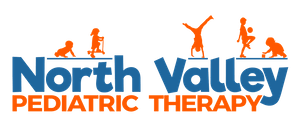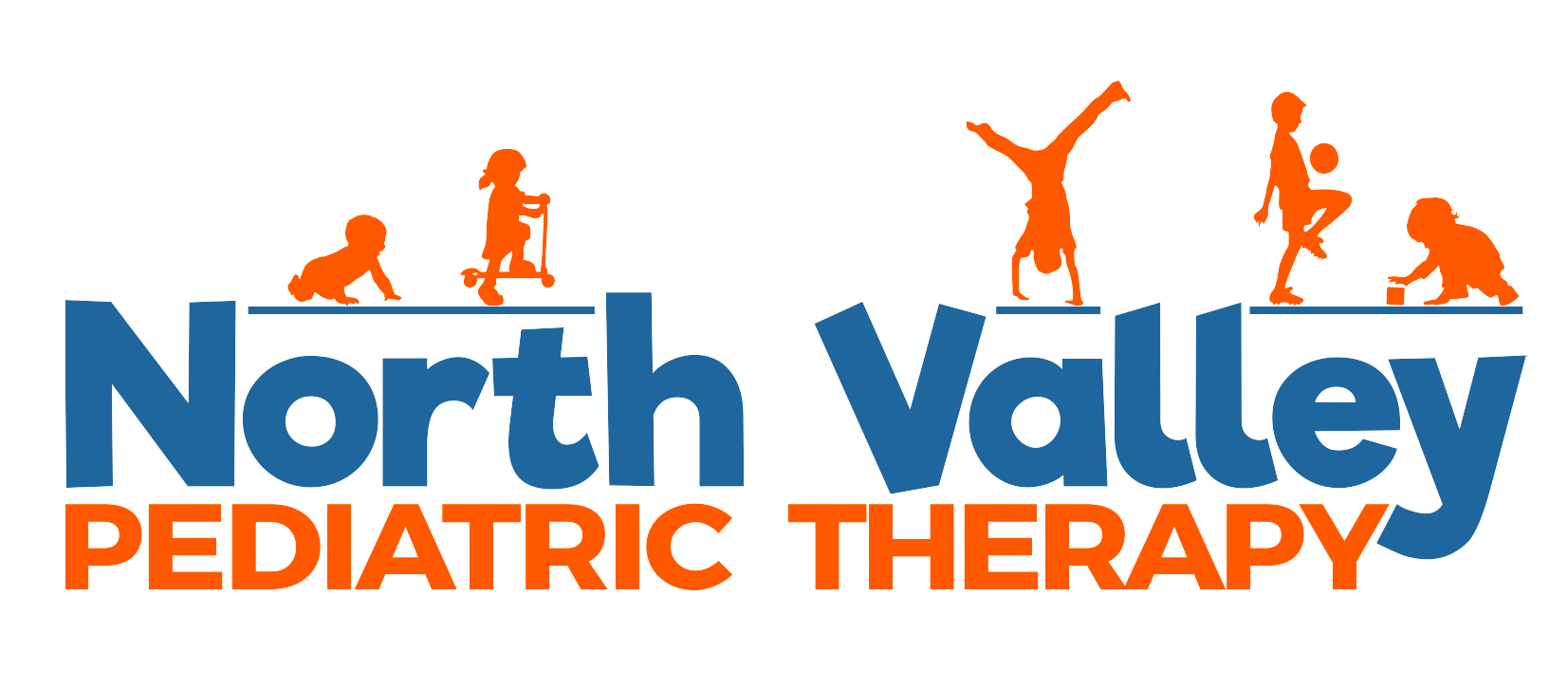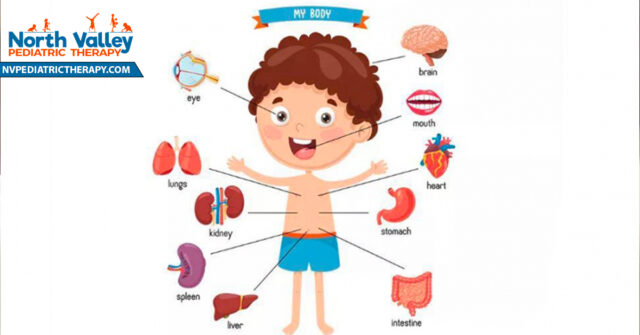It’s not surprising that parents want their children to be the best that they can be in whatever they do, including sports. Being the best takes time, though. And repetition. Frequent training. Dedication. The list goes on and on. For a skeletally mature adult, the physical nature of high-intensity training is tolerable and the body can withstand the forces put through the body if given proper recovery time. This is not the case with skeletally immature children, however, if proper care and consideration isn’t taken.
Single sport specialization is now happening at younger ages with the theory that the more practice a child gets with a specific set of skills, the better they will become at those skills. For this reason, some of the most competitive teams practice several nights a week to get in the repetition needed for improved skills. In addition to having workouts with their sport team, many of these higher-level athletes also engage in sport performance workouts with other professionals, such as personal trainers, massage therapists, skill-specific coaches (i.e. hitting/pitching coaches). If you add up all of this time, you can see that a significant amount of time is spent on physical skills that work the body in the same way over and over.
Unfortunately, with such strong dedication to improving an athlete’s skill set comes the pressure to always be able to play and participate in practices and games. This naturally increases the chance of improper recovery time between workouts, or even following injuries. Without proper recovery time, it significantly increases the risk of either an initial injury or a repeated injury in the athlete. At the end of the day, single-sport specialization athletes are under higher physical loads during a time of physical change and maturation, and they are often performing with poor form, putting further stress on their body if not properly supervised by coaches and trainers.
One frequent injury that adolescent athletes experience as a result of high-load activities with poor form is fractures. Due to the growth plates still being open in the bones of an adolescent child, they are what is typically injured with fractures due to being weaker than the tendon or the rest of the bone. This is a significant injury, as damage to these growth plates can affect continued growth of those bones. Poor form and biomechanics – which is contributed to by muscle tightness from rapid growth spurts – during repeated high-force activities puts abnormal forces through bones and joints that the body is not equipped to absorb, resulting in injuries. Additionally, children with previous injuries have a higher chance of having another injury if they have not improved their mechanics or properly recovered.
Not all adolescent athletes are at such a high risk for injury, however. There are many benefits to athletes participating in different sports throughout the year, rather than just focusing on one. The biggest push to do so is to give the young, developing body a break from sustaining the consistent, repetitive forces that come with practicing the same skills. This naturally reduces the risk for injury. For example, after a few months of participating in an overhead sport, like softball/baseball, participating in a sport that doesn’t require as much use of the arms, like soccer, would give the arm and shoulder a break, allowing for recovery. If, however, you want your child to participate in the same sport year-round, there are things you can do to help reduce the risk for injury.
Some things to consider for athletes who only participate in one sport throughout the year are: the amount of time they engage in practice or any other sport-related workouts, the type of training they engage in, and the amount of recovery they get following workouts and injuries. The general rule of thumb for practice time is to only practice for a number of hours equal to their age per week or less (i.e. if the child is 10 years old, they shouldn’t exceed 10 hours of practice in a week). Training is included in this time. Resistance training has been deemed appropriate for children to build their muscular strength, but it needs to be an appropriate resistance training program that is appropriately supervised. It also requires that the child is mature enough to participate in the program with intent and focus rather than being forced to do it. Lastly, it is essential that proper recovery time is encouraged by all support systems, including parents, coaches, the school, and teammates. The athlete needs to be encouraged to rehabilitate rather than play through pain to reduce the chance of reinjuring the same area. With early recognition of injury and dedicated follow through with physical therapy and a home program, athletes are able to more safely and quickly return to their sport.
See a physical therapist at North Valley Pediatric Therapy if your adolescent athlete is experiencing pain or has suffered an injury that is limiting their participation in sports!




